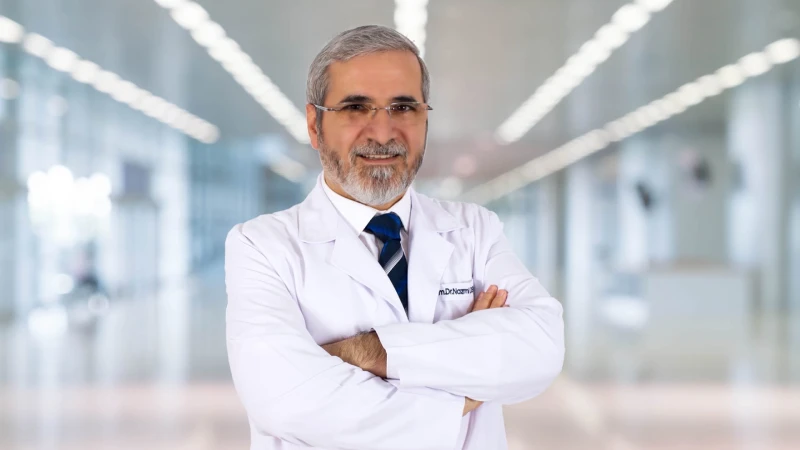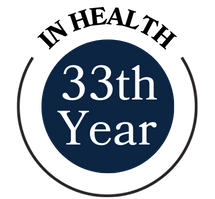
BIOGRAPHY
Doctor Nazmi was born in Sivas in 1966. He completed his primary, secondary, and high school education in Ankara. He entered Ataturk University College of Medicine in 1984 and graduated in 1990 with an MBCHB degree. Dr. Demirtas completed his compulsory service between 1990 and 1993. In 1993, he started his specialization in Pulmonology Medicine and Tuberculosis at Cumhuriyet University Faculty of Medicine.
He received his M.D. degree in 1997. In 1997, he started to work as a Thoracic Medicine Specialist in a private hospital in Istanbul. He has been working as a Chief Doctor at Atasehir Avicenna Hospital since 1998.
- Upper Respiratory Tract Infections.
- Lower Respiratory Tract Infections.
- Pulmonary Tuberculosis.
- Lung Infections: Bronsiolitis, Pneumonia, Atypical Pneumonia.
- Lung Abscess.
- Empyema.
- Hydatid Cyst of the lung.
- Bronchiectasis.
- Respiratory Allergies.
- Allergic Rhinitis.
- Asthma.
- COPD (Chronic Obstructive Pulmonary Disease): Chronic Bronchitis, Emphysema, Small Airway Disease.
- Pleurisy
- Benign Tumors of the Lung.
- Malignant Tumors of the Lung: Lung Cancers, Mesothelioma.
- Lung Diseases Related to Smoking and Environmental Factors.
Pulmonary Medicine deals with diagnosis and treatment of lung diseases. In cases where surgery is required, it is worked together with thoracic surgery. The main examinations and methods used in this departmentare:
- Blood tests: Many different blood tests are performed in the diagnosis and treatment of all types of lung diseases.
- Pulmonary Function Tests: It helps to examine the mechanical function of the chest wall, lungs, airways, and respiratory muscles by breathing deeply with a special instrument called spirometry. On the other hand, it helps the diagnosis and treatment of obstructive diseases of the lung, chest diseases, asthma, and COPD. It also gives information about whether the lung capacity of the air inhaled and exhaled is sufficient before the operation.
- Bronchoscopy: The upper respiratory tract, vocal cords, windpipe, and bronchi up to a certain width are directly viewed and the disease conditions are evaluated by entering through the nose or mouth with an elastic thin tube-like instrument with a camera at the end called a bronchoscope. When necessary, a biopsy can be taken from suspicious tissues with the instrument. Sputum or bronchial washing samples can be taken. This tool, which is generally used in the diagnosis of lung cancers and infections, can sometimes be used for therapeutic purposes such as cleaning sputum plugs, removing foreign bodies that have escaped into the bronchus, and enlarging narrowed bronchial parts.
- Thoracic Society.
- Lung Health and Intensive Care Association.
- Turkish Sleep Medicine Association.
- Thoracic Congress.
- ASYOD Congress
- TUTDER Congress


